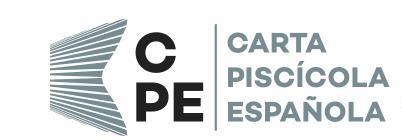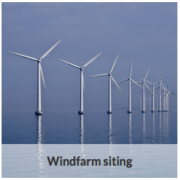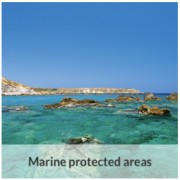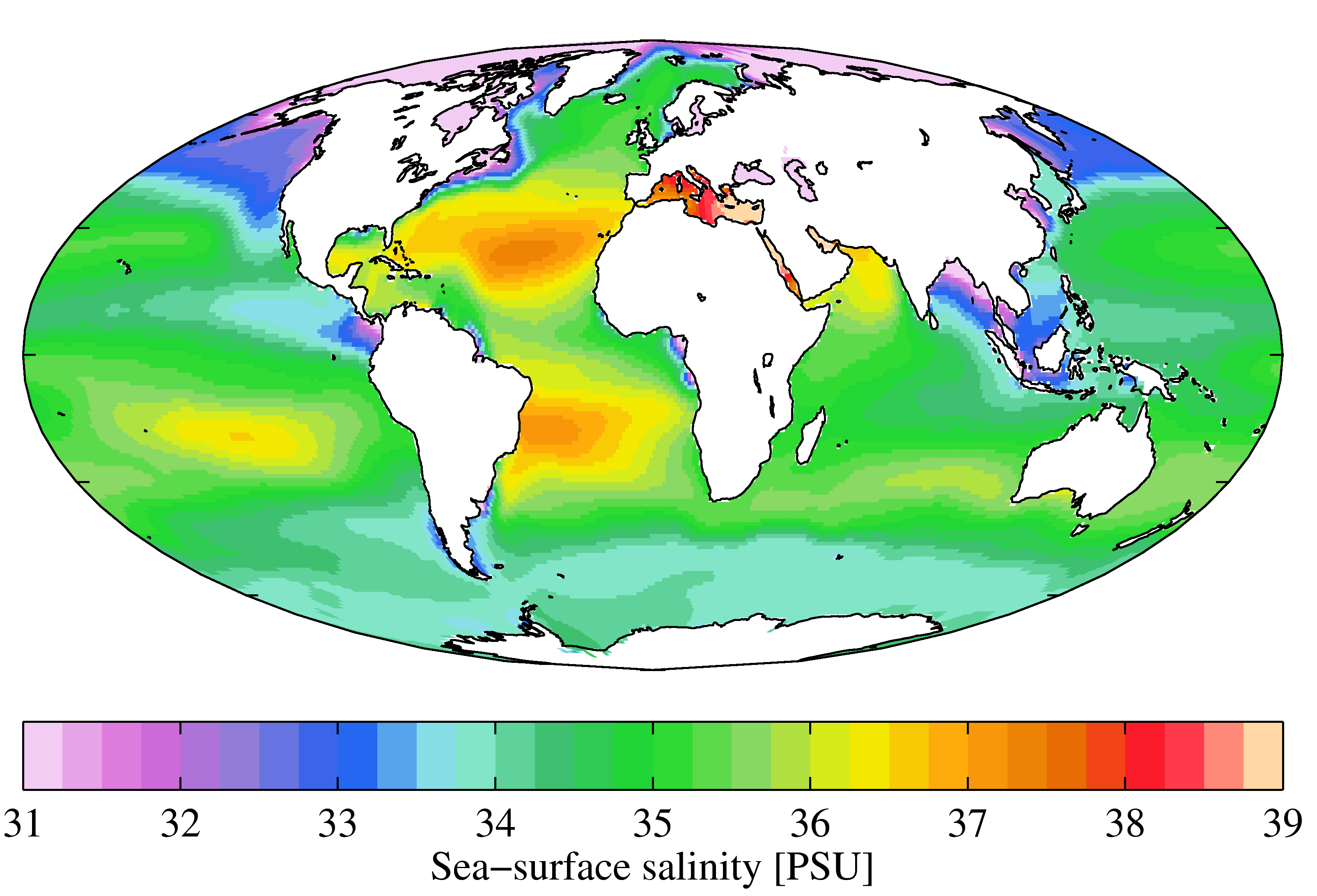*
Type of resources
Available actions
Topics
Keywords
Contact for the resource
Provided by
Years
Formats
Representation types
Update frequencies
status
Service types
Scale
Resolution
-
The DTM is a compilation of multibeam echosounder surveys acquired in 2013. The resolution is 1/64 arc-minutes (~30m). Surveys are located on the Capbreton Submarine Canyon (France) with depths from -4.7m to -344.9m. Depths are referenced to the Lowest Astronomical Tide and the coordinates are expressed into the WGS84 reference frame. The surveys which compose the DTM are S201306500-09 and S201306500-11. Data and metadata associated to these surveys are available on the website http://diffusion.shom.fr/pro/lots-bathy.html. The DTM is not to be used for navigation.
-
Auteur(s): Caplanne Sabine , L'architecte n'étant pas maître de la pédagogie pratiquée dans les différents établissements, je me limiterai à proposer des formes permettant une meilleure appréhension de l'espace tant par les lycéens (et enseignants) que par la collectivité locale
-
-

-

-
Auteur(s): Gauthier Veronique , Implantation d'un cimetière urbain dans le quartier Meriadeck a bordeaux.
-

-

-
Auteur(s): Bord Jean - Huguet Jean - Prevost Herve, Projet de restructuration urbaine pour Cestas. (Aucun plan n'accompagne cette étude).
-
Auteur(s): Hondelatte Raphaëlle , Compte-rendu de toutes les phases d'un projet de reconversion d'un chai en appartement, quai des Chartrons à Bordeaux.
 Catalogue PIGMA
Catalogue PIGMA